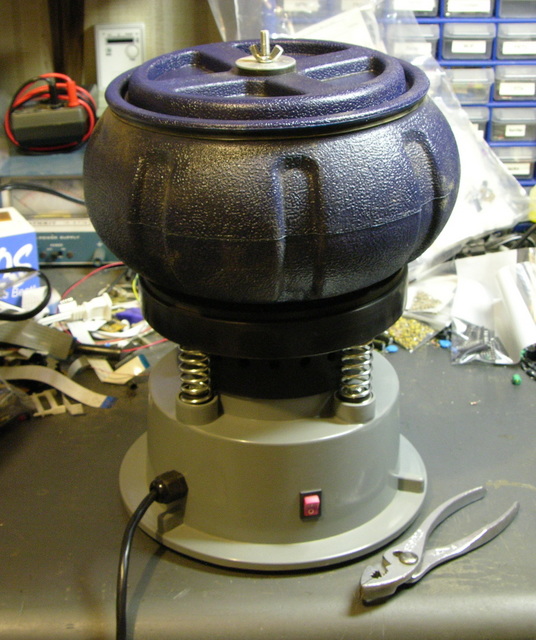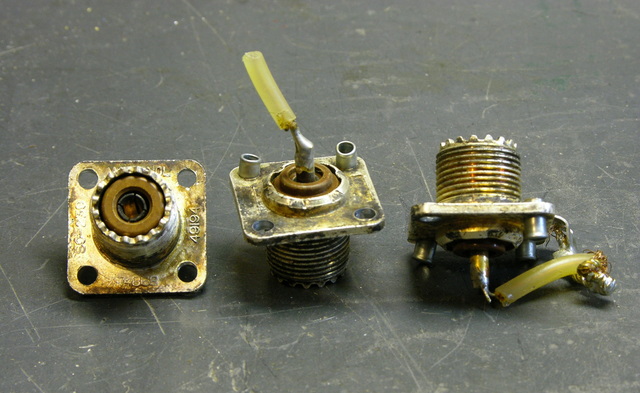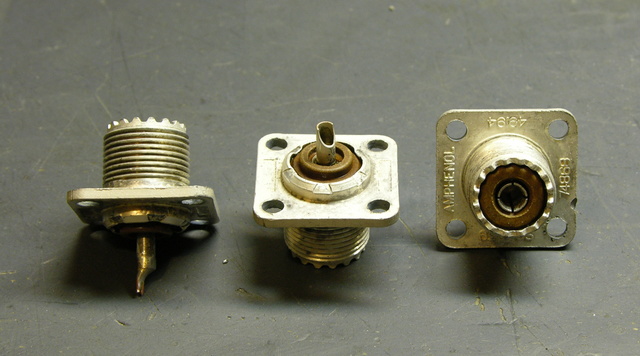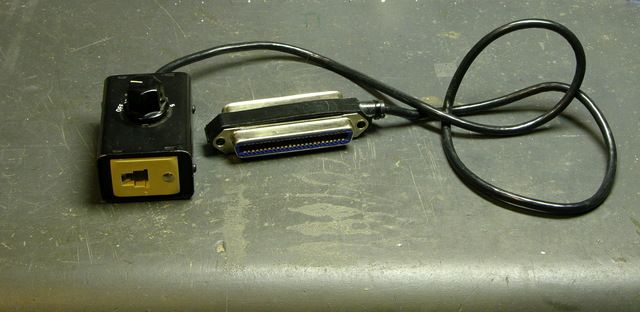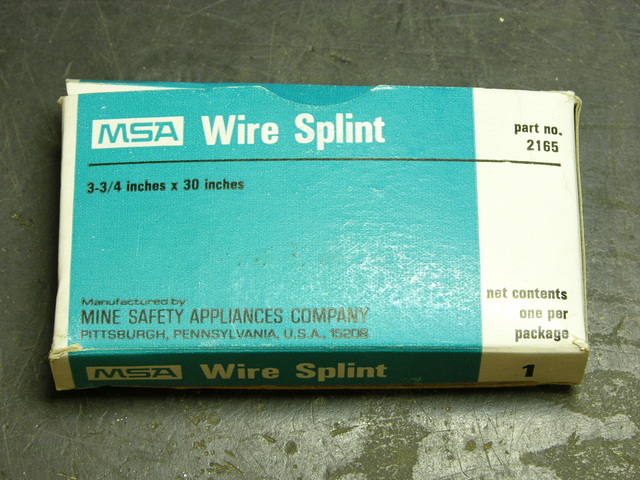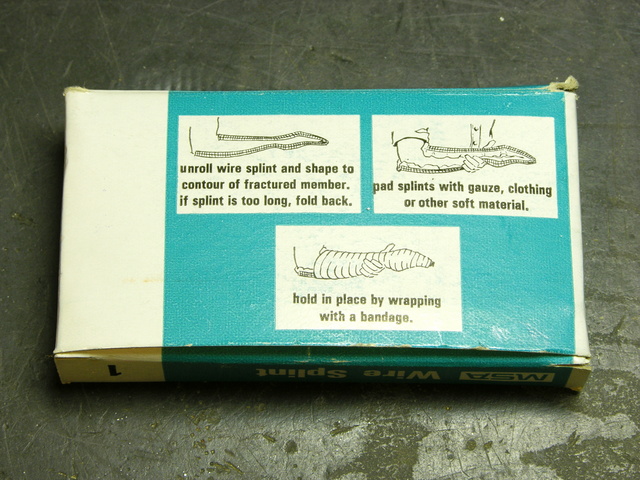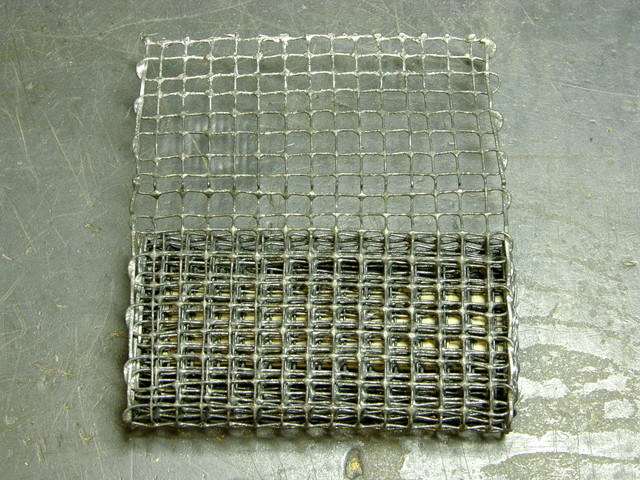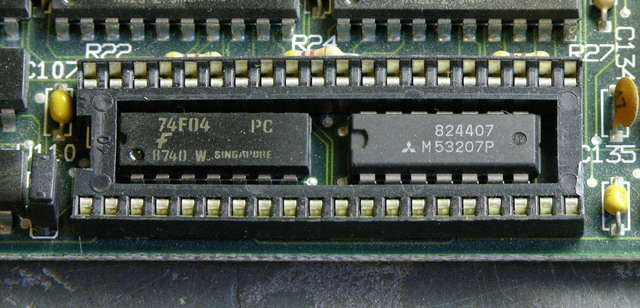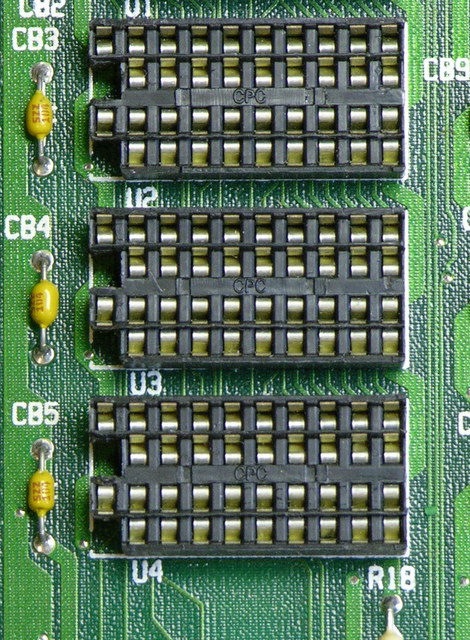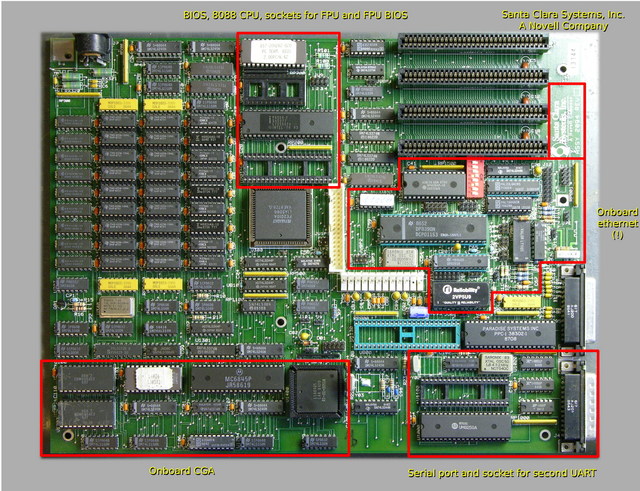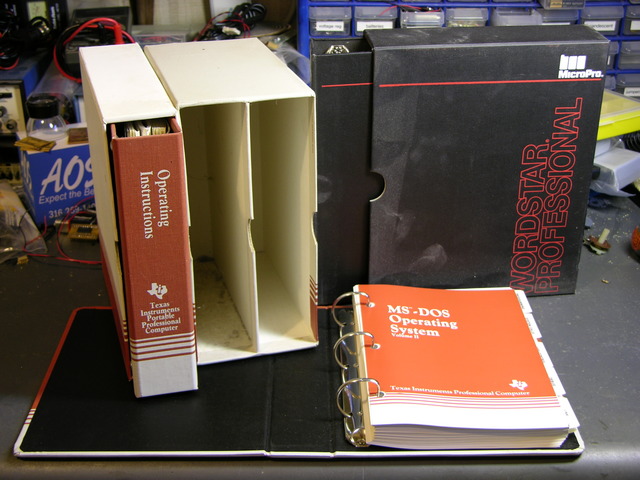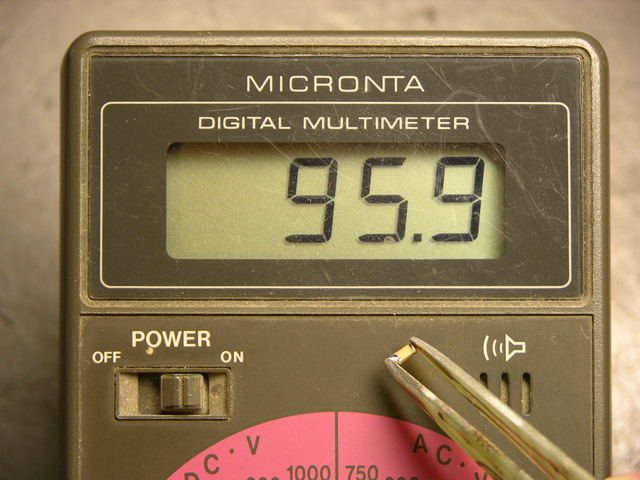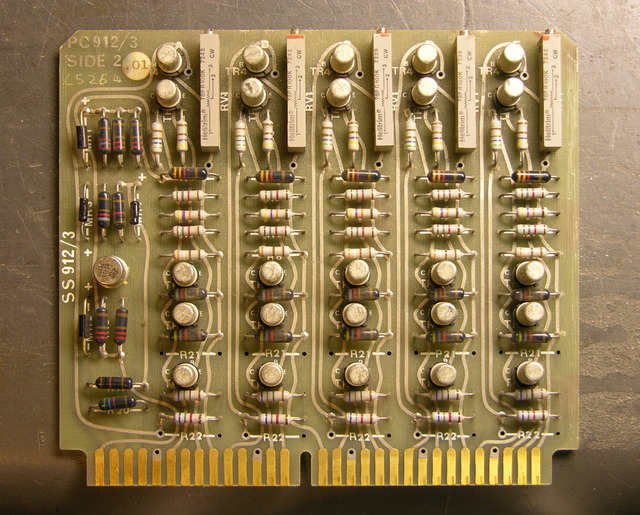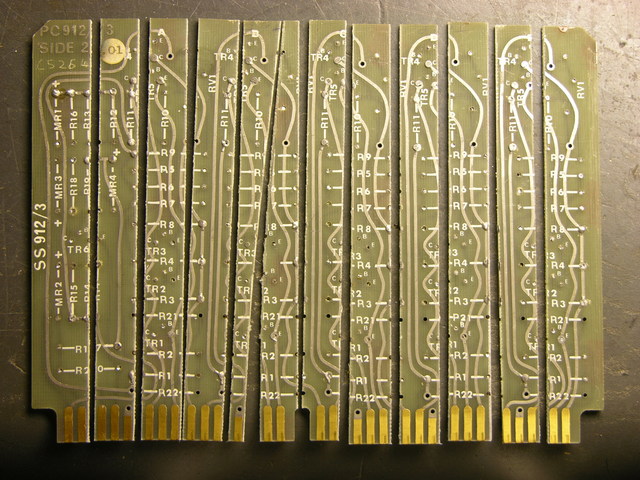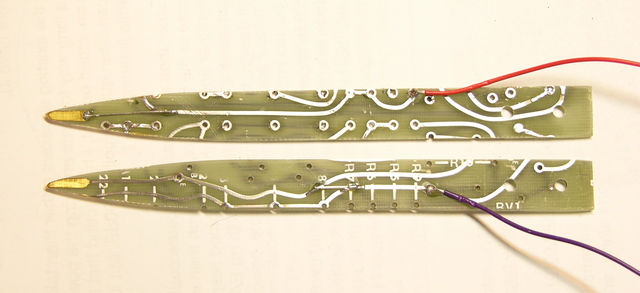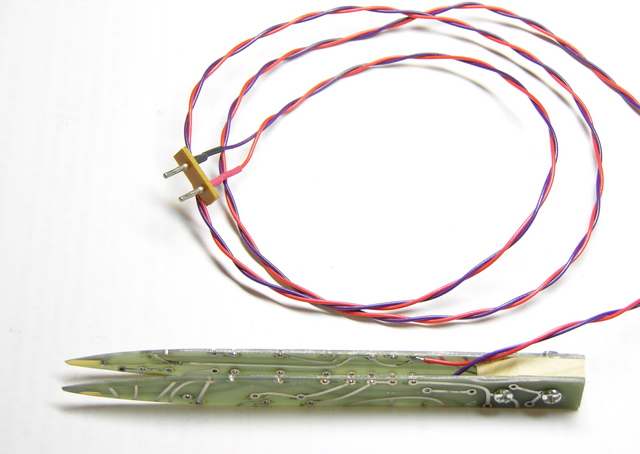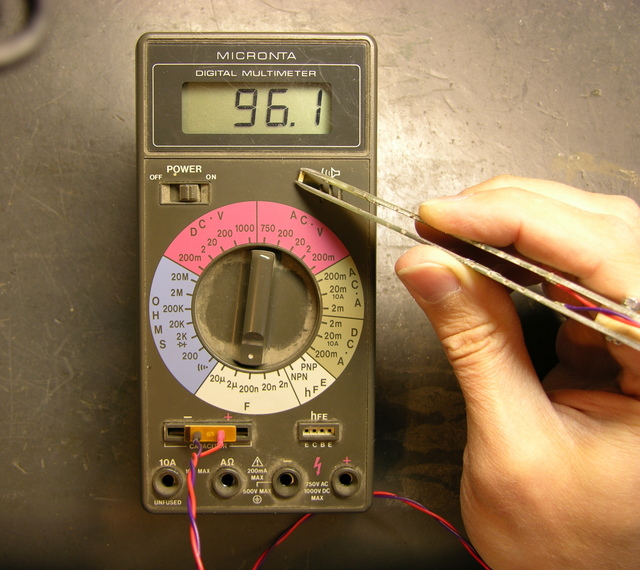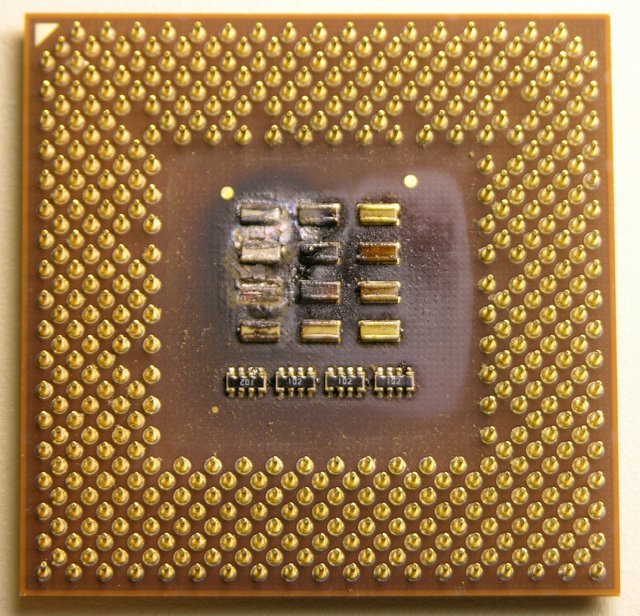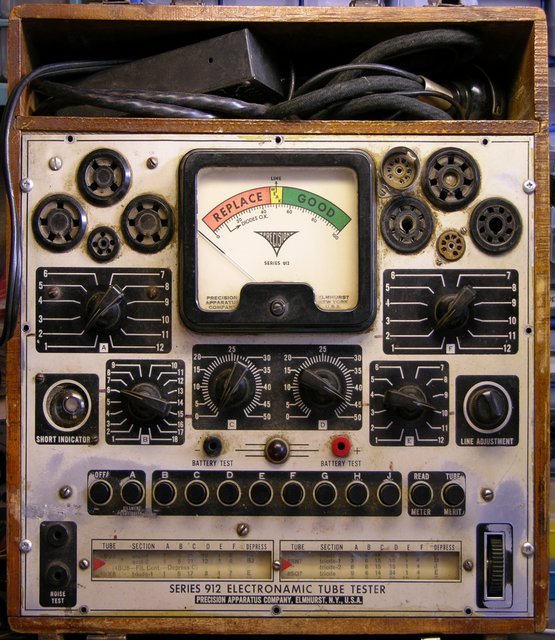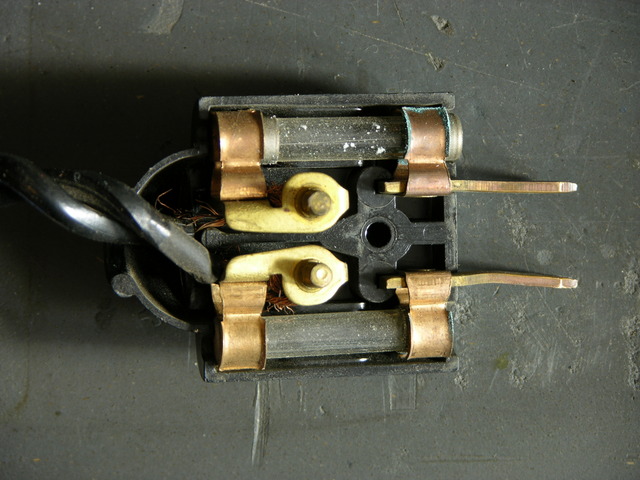When I thought up the LED puck idea, I went shopping for some bright LEDs to put into it. I don’t like the blue+yellow color of “white” LEDs, and I thought it’d be fun to have green illumination, so I found some green LEDs from a Hong Kong [correction: Chinese] eBay seller and bought ‘em. Since I’m pretty sure it costs about the same to ship a package from Hong Kong China if it has a few more items of negligible weight in it, I kind of went crazy and treated myself to an LED assortment.
I won’t mention the specific eBay seller, because I have mixed feelings about them. On the one hand, their prices were very good and their LEDs seem okay. On the other hand, I’m pretty sure it cost them next to nothing extra to ship my whole package than just my first LEDs; but even after requesting and receiving an additional additional shipping discount, I still paid $30 shipping for $35 of LEDs. And on the gripping hand, I paid on December 9 and didn’t receive my package until December 24. It made a nice Christmas present to me, but it made me feel like I was paying shipping by the day instead of by the pound.
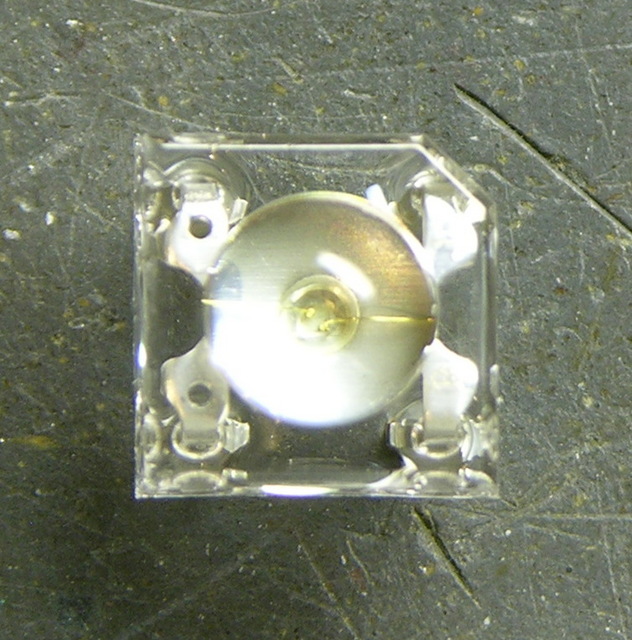
Grumbling aside, the LEDs I was shopping for turned out to be not at all what I was expecting, and probably better in every way. This is because I wasn’t paying enough attention to see that they have four legs (I thought they were two-legged LEDs with a square base), but four legs gives better heat dissipation and allows higher current; and I didn’t realize how squat they are, which makes them fit better into a puck; and I saw that they were 1500 mCd but didn’t realize they had a 120-140° viewing angle, which means they output a whopping 4.7-6.2 lumen each. In contrast, my 10,000 mCd 20° blue LEDs only output .95 lumen.
The other stuff I got was a handful of 1W and 3W Luxeon knockoffs, because, y’know, why not; and a constant-current driver board, which I thought would come in handy while testing.
Here are eight of the 5mm LEDs on a breadboard with 100Ω resistors, for about 15mA at 5V or 85mA at 10V (~3V drop). Remember, that’s maybe 5 lumen each or 40 lumen total.
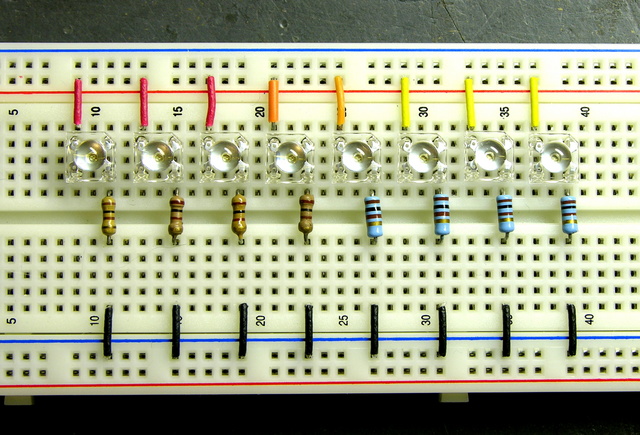
Let’s see how they fare against the 3W, 70 lumen beast of the apocalypse, wired to the 1W driver without thinking about how that means it’s not running at full power and brightness.
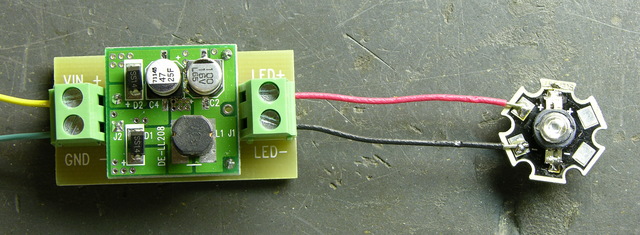
Here’s my desk with about 200W of fluorescent light from the ceiling fixture and the swing-arm lamp.
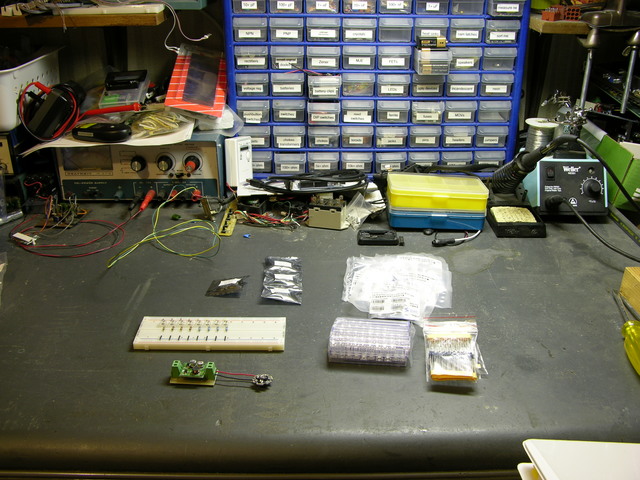
Same scene with the eight 5mm LEDs fed at 10V, and the camera locked to the same aperture and shutter speed:
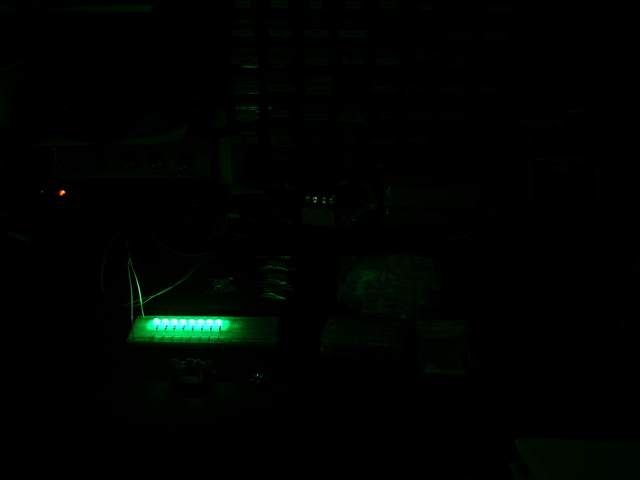
Same scene with THE BEAST:
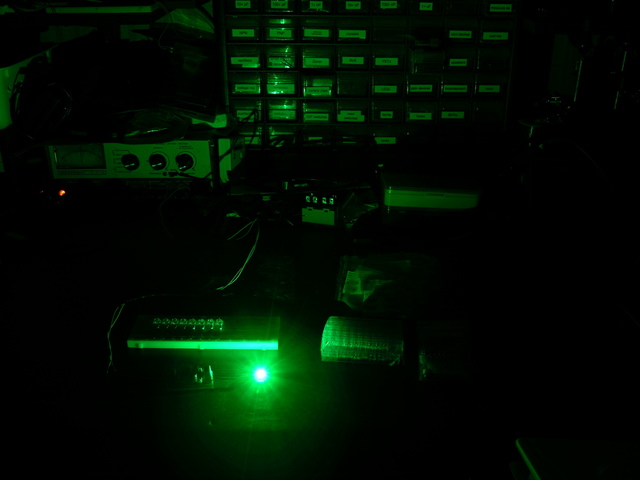
Assessment:
The LEDs don’t provide nearly as much illumination as normal room lighting. But then, nobody thought they were going to.
Each set of LEDs does provide enough light to read by, pretty comfortably, even with the light in the same plane as the paper’s surface (i.e. indirect lighting).
According to the camera, half the LEDs for the puck make less light than a single 3W faux-Luxeon driven at 1W. Crap, I should just make a Luxeon throwie and call it a puck. Nah, that’s not really the fun part of the puck idea.
According to my eyes, and my wife’s as well, there’s much less subjective difference in the brightness between the eight 5mm LEDs and the single 3W LED than what the camera appears to show. The math seems to back this up as well (maybe 40 lumen versus some fraction of 70 lumen), so I can’t explain what’s going on in the pictures.
And, oh yeah, LEDs ARE COOL!!!
